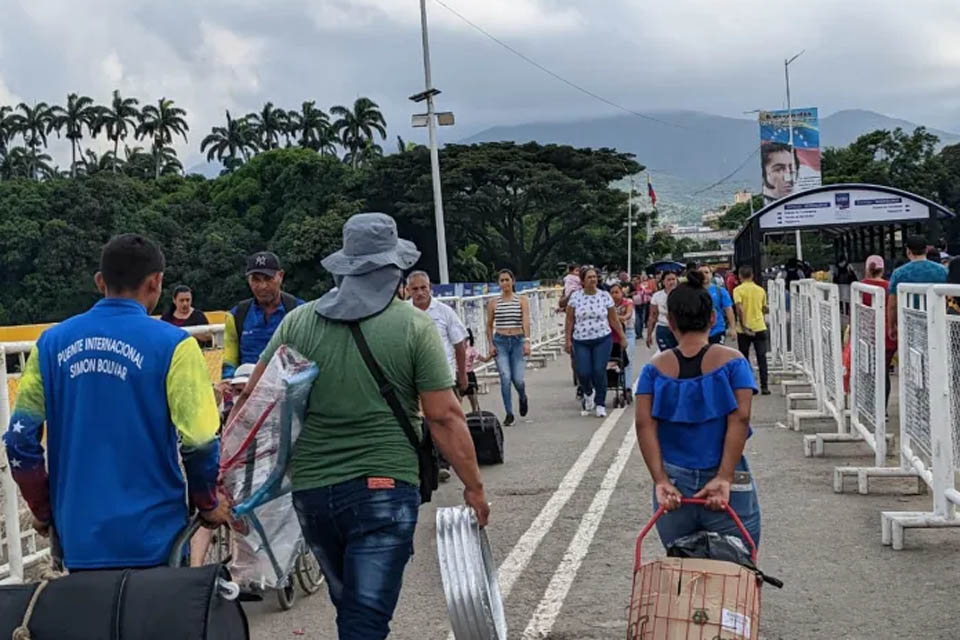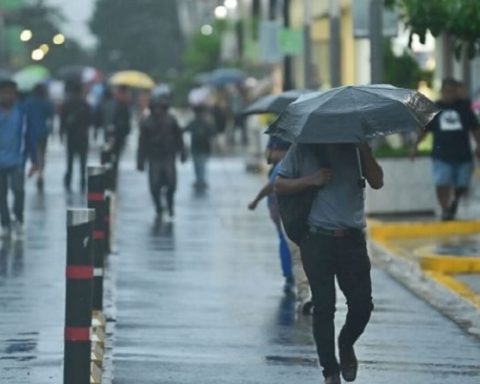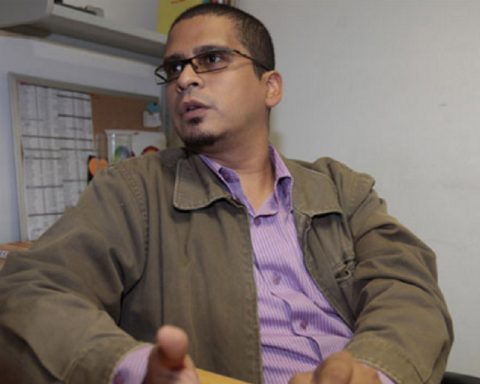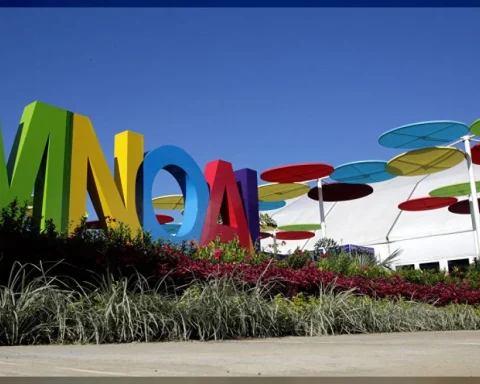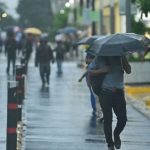The passage of vehicles and pedestrians through the Simón Bolívar international bridge is increasing. The images confirm it. Every day more than 14,000 vehicles, including cars and motorcycles, are crossing the neighboring country through this binational section. It is urgent that the passage on the Simón Bolívar Bridge be open 24 hours a day. This would help establishments that sell food, where there may be competition in prices and quality.
The passage of vehicles and pedestrians through the Simon Bolivar International Bridge, is increasing. The images confirm it. Every day more than 14,000 vehicles, including cars and motorcycles, are crossing the neighboring country through this binational section.
However, the impact that this movement has had on Venezuelan commerce and industry, which still survives in San Antonio del Táchira and Ureña, has been practically nil.
This has been reflected by the merchants consulted by the reporting team of The nation. They allege that they do not have products with which they can attract the attention of the Colombian consumer, who stumbles across the border municipalities with the same as in Norte de Santander, and at a higher price.
Another point that merchants and industrialists have expressed is the lack of incentives and strategies on the part of the national, regional, and municipal governments to reinvigorate the formal sector. Seven years of closure meant the collapse of an economy that was once prosperous and generated thousands of jobs that maintained a dynamic that was taken advantage of by the majority of the inhabitants.
It is expected that, in the next few days, binational transport will be reactivated, a point that would prevent many citizens from continuing to cross the international bridge on foot.
It is also urgent that the passage on the Simón Bolívar Bridge be open 24 hours a day. That would help food outlets, where there may be competition in prices and quality, to have a break.
In more than 80%, commerce in San Antonio del Táchira is still paralyzed, as is the industry in Ureña. The central area of both cities remains desolate. San Antonio and Ureña continue to be, for the moment, only transit areas. The great attraction remains in Cúcuta.
* Also read: Venezuelan trade has not been reactivated with the reopening of the border
Post Views: 321
